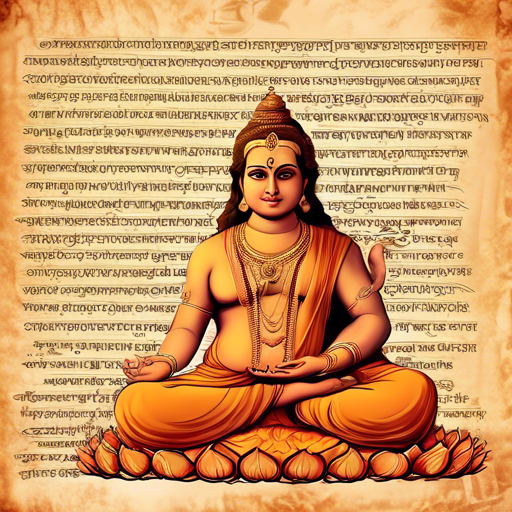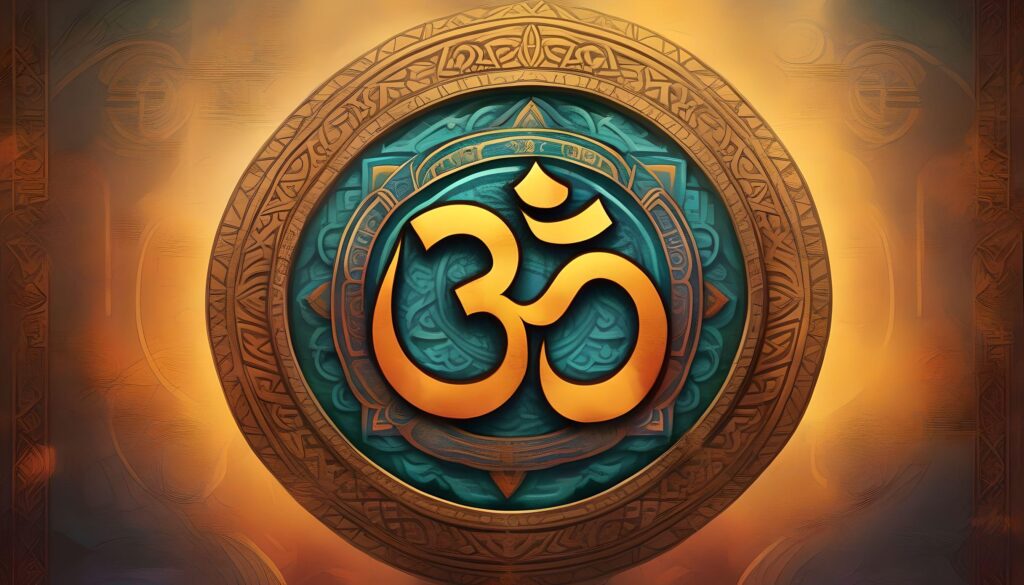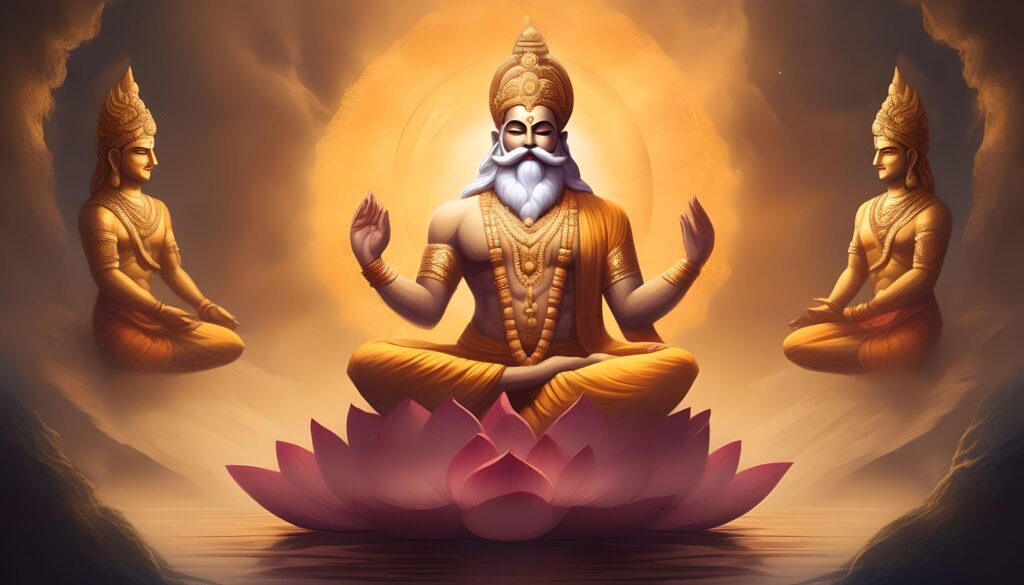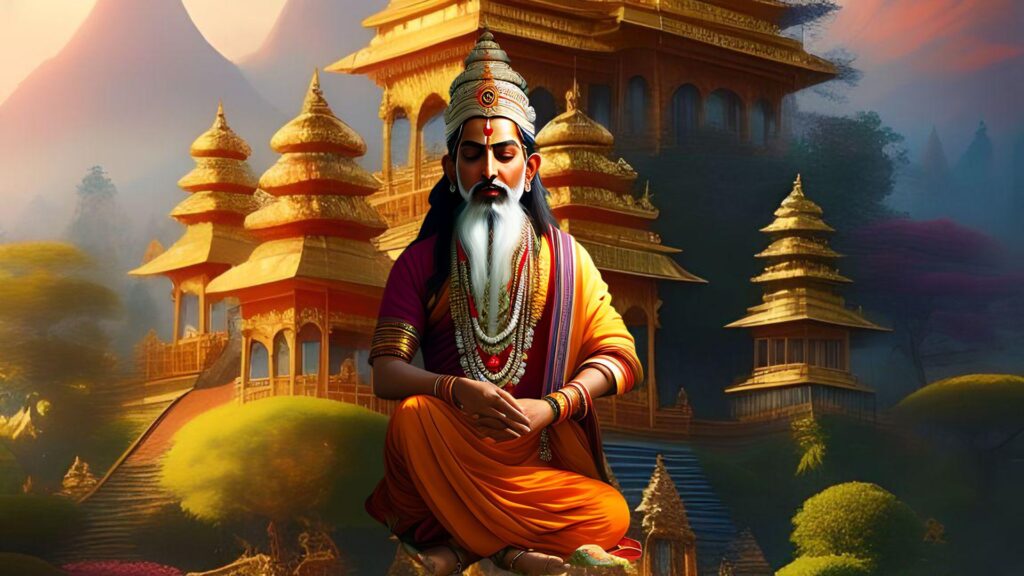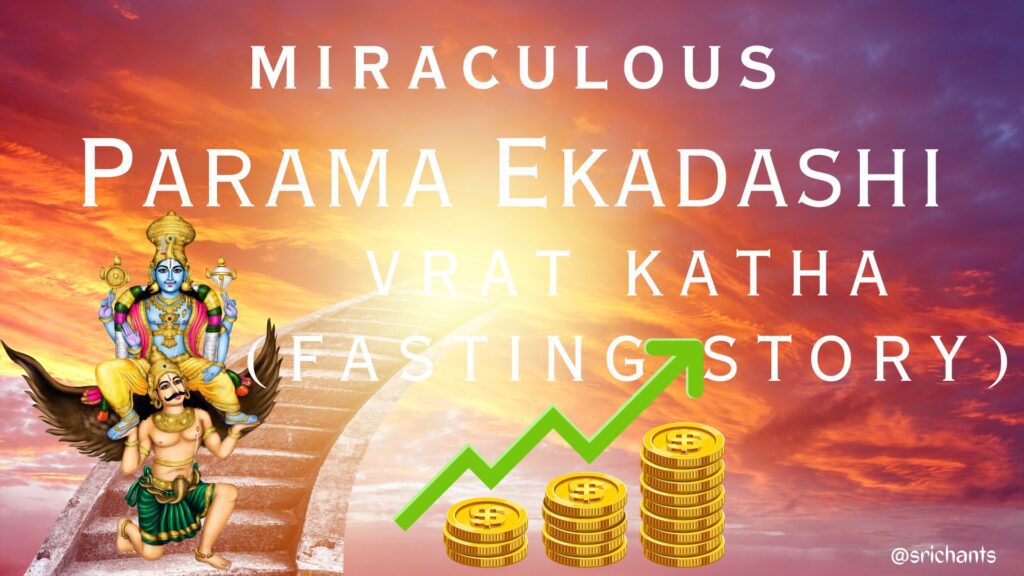difference between vedas and upanishads: Vedic Insights vs. Upanishadic Revelations: Which Resonates with You
Preface to the In Hinduism, the Vedas and Upanishads are two significant repositories of knowledge. Although they are frequently used interchangeably, the two concepts are distinct. This article aims to illuminate the distinctive contributions of the Vedas and Upanishads to Hindu philosophy and spirituality by examining their origins, content, and purposes.
Historical Context
The Vedas, which are regarded as the most ancient sacrosanct texts, originated in antiquity and encapsulate the fundamental tenets of early Hindu ceremonies and rituals. Conversely, subsequent to this, the Upanishads surfaced, delving into profound philosophical inquiries and participating in dialogues in an effort to unravel the enigmas of being.
Role in Hinduism
In addition to serving as the cornerstone of Hinduism, the Vedas provide an outline for ceremonies and rituals. Frequently regarded as the pinnacle of Vedic philosophy, the Upanishads direct individuals in their quest for self-realization.
What are the Vedas?
Originating from the Sanskrit word for “knowledge,” the Vedas represent the most ancient work of scripture in both Sanskrit and Hinduism. The philosophical underpinnings of the Brahmanical tradition and Hinduism at large are regarded as these texts. The Vedas, which are considered “apauruseya,” or “not of man,” are held in high regard and are hypothesized to have been revealed by sages via profound meditation.
Four major texts comprise the Vedas: the Rigveda, the Yajurveda, the Samaveda, and the Atharvaveda. Every Veda fulfills a distinct function and encompasses another facet of existence. As an illustration, the Rigveda comprises devotional songs and petitions, while the Yajurveda is dedicated to sacrificial observances and rituals. The Samaveda comprises melodies that originate from the Rigveda, and the Atharvaveda incorporates folkloric components including magical incantations and charms.
What are Upanishads?
Written between 800 and 500 B.C.E., the Upanishads, a subcategory of the Vedas, emerged as a response to the growing skepticism and rejection of the established Vedic order. An internal spiritual enlightenment is symbolized in these texts, as opposed to rituals and ceremonies, which are external spiritual practices. The Upanishads delve into profound philosophical principles with the intention of providing guidance to individuals as they journey towards self-realization and spiritual development.
“Upanishad” is an adjective that signifies “sitting near” and denotes the practice of acquiring spiritual knowledge by reclining at the feet of a teacher. Out of the more than two hundred Upanishads in existence, a mere fourteen possess substantial authoritative status. Every Upanishad is linked to a distinct Veda and provides distinct viewpoints, teachings, and sagacity.
Differences between Vedas and Upanishads
To understand the distinctions between the Vedas and Upanishads, it is crucial to examine five major differences:
- Chronological Development: The Vedas were composed over several developmental stages between 1200 and 400 B.C.E., while the Upanishads were written during the later part of this period, from 700 to 400 B.C.E.
- Composition and Structure: The Vedas comprise an extensive compilation of diverse texts, encompassing hymns, rituals, and ceremonies. In contrast, the Upanishads constitute the concluding segment of each Veda, wherein profound philosophical and spiritual insights are expounded.
- Focus and Content: The Vedas predominantly discuss pragmatic considerations, including personal behavior, sacrifices, and ceremonial practices. On the contrary, the Upanishads delve into the most profound insights pertaining to spiritual enlightenment and strive to liberate individuals from their fixation on material existence.
- Purpose and Authority: Preserving religious rituals, traditions, and philosophical ideas, the Vedas function as sources of instruction. Orthodox Hindus consider these texts to be pillars of spiritual authority. Conversely, Upanishads represent the inscribed reflections of diverse individuals’ spiritual consciences, with an emphasis on philosophical verities and spiritual enlightenment.
- Number and Association: Each of the four Vedas contains a distinct Upanishad segment. Although approximately 12 Upanishads are regarded as authoritative, to date more than 200 have been uncovered. An individual Veda is associated with a particular Upanishad.
Similarities between Vedas and Upanishads
While the Vedas and Upanishads possess unique attributes, they also exhibit certain commonalities. As an integral component of the Vedas, the Upanishads are interrelated and adhere to the same religious lineage. To avoid confusion, it is crucial to distinguish between the two, however.
Global Recognition
In academic circles around the world, the Vedas and Upanishads have attracted considerable interest beyond the confines of India. Both scholars and enthusiasts equally engage in an extensive exploration of the intricate fabric of Hindu philosophy, in an effort to comprehend the profound insights that are encapsulated within these antiquated scriptures.
Misconceptions and Clarifications
Frequent misconceptions manifest concerning the function and substance of the Upanishads and Vedas. Academics underscore the importance of nuanced interpretations in order to rectify misunderstandings and offer a more precise depiction of these sacred texts.
Relevance Today
The relevance of the Vedas and Upanishads persists in the present-day world. Contemporary Hindu practices incorporate the rituals and ceremonies derived from the Vedas, whereas individuals embarking on a spiritual quest are profoundly moved by the philosophical teachings in the Upanishads.
Connection to Yoga and Meditation
The impact of the Vedas is readily apparent in physical disciplines such as yoga, which place significant emphasis on the body. Concurrently, the Upanishads provide guidance to individuals in the domains of meditation, with an emphasis on inward spiritual exploration and the mind.
Conclusion
In summary, the Vedas and Upanishads constitute essential tenets of the philosophical and religious traditions of Hinduism. The Vedas function as all-encompassing scriptures, comprising philosophical ideas, rituals, and sacrifices. In contrast, the Upanishads symbolize the pinnacle of spiritual wisdom contained within each Veda. Gaining insight into the parallels and distinctions between the Vedas and Upanishads fosters a more profound admiration for the philosophical and spiritual aspects of Hinduism.
FAQs
- Are the Vedas and Upanishads considered separate entities or interconnected?
- The Vedas and Upanishads are interconnected, with the former providing the groundwork for rituals and the latter delving into philosophical insights.
- Can one practice Hinduism without delving into the Vedas and Upanishads?
- Yes, one can practice Hinduism without delving into the Vedas and Upanishads, as they primarily cater to different aspects of spiritual exploration.
- Do the Vedas and Upanishads have relevance in modern society?
- Yes, both the Vedas and Upanishads hold relevance in modern society, influencing cultural practices, spirituality, and even academic studies.
- How do the languages of the Vedas and Upanishads differ?
- The Vedas are primarily in Sanskrit, while the Upanishads showcase an evolution in language, reflecting a more nuanced and philosophical discourse.
- Are there any specific rituals mentioned in the Vedas that are still practiced today?
- Yes, many rituals mentioned in the Vedas are still practiced today, forming an integral part of Hindu ceremonies and traditions.
Keywords: Vedas, Upanishads, Hinduism, philosophy, spirituality, rituals, sacrifices, spiritual knowledge.
